Landscape
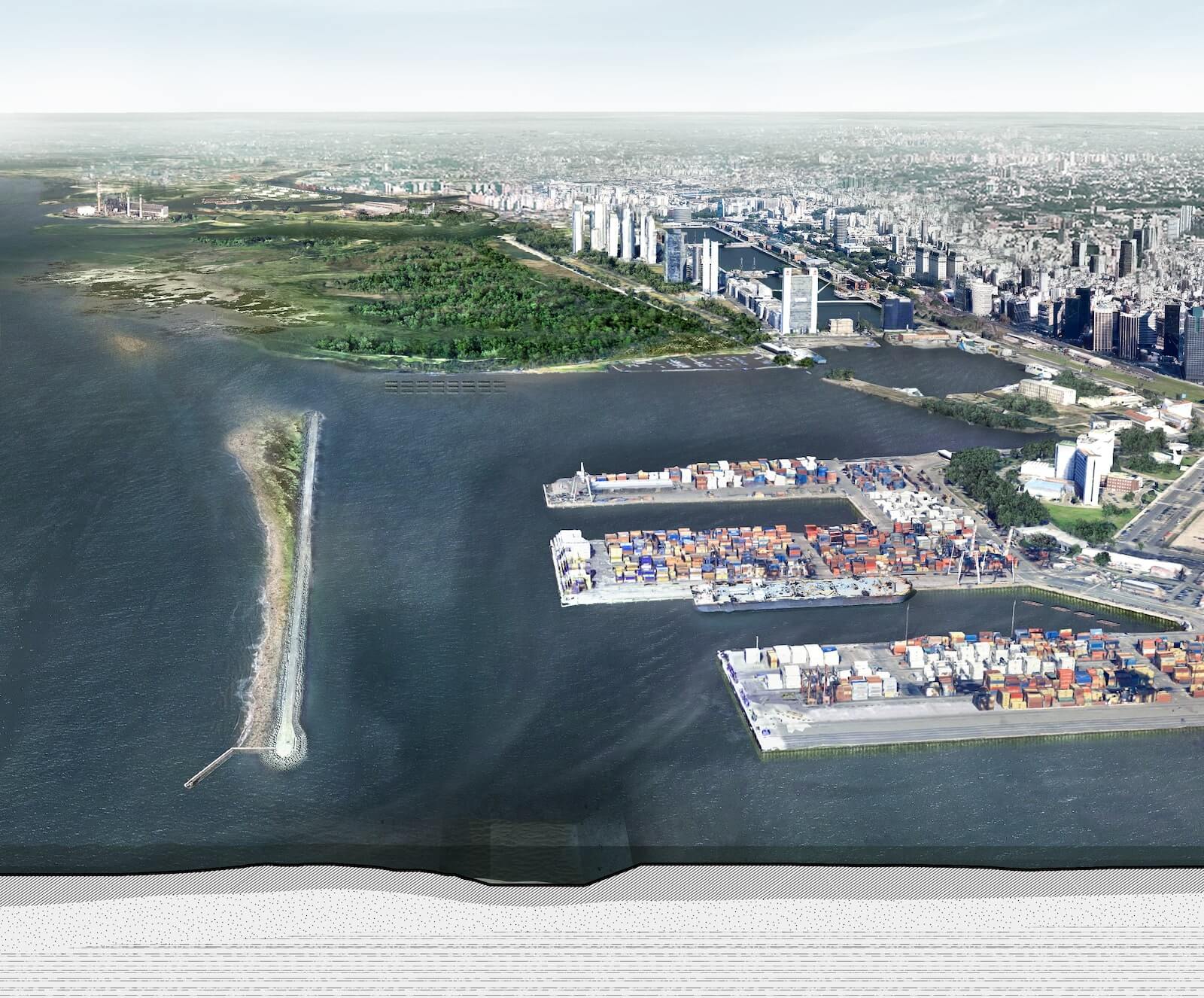
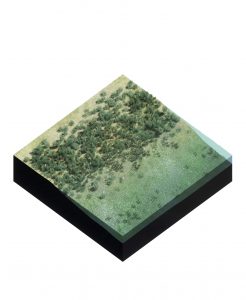
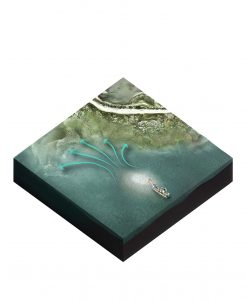
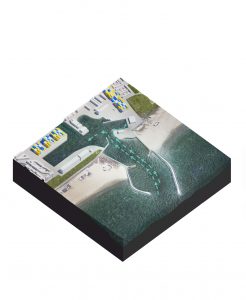
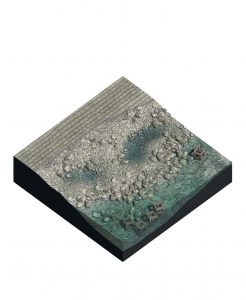
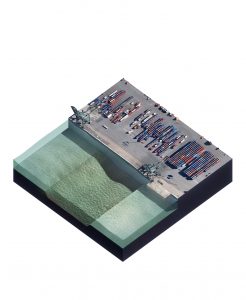
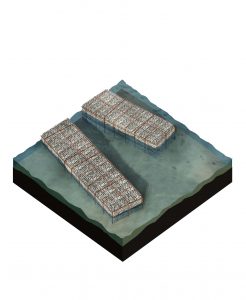
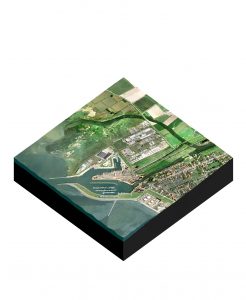
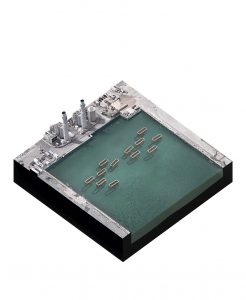
Ports are vital for society and essential for transport and trade. However, the development of ports has focused on optimizing the movement of goods at the expense of natural systems. Functional requirements for shipping have resulted in dredging for deeper channels and artificial transitions between land and water with breakwaters, vertical quay walls, and lock complexes. As a result, port environments today are isolated from the dynamic landscapes they occupy. The continued drive to expand ports, to accommodate larger vessels, and to compete on a global stage may further strain the health of natural systems.
Building with Nature approaches limit or mitigate the impact of port expansion and propose interventions that give value to society and the natural environment while ensuring profitability. One way to stimulate natural systems is by creating space for various habitats to complement traditional, gray infrastructure. Others include restoring blue and green connections with softer fresh-salt gradients or land-water transitions, which stimulate the development of more natural conditions. Yet another group of strategies seeks to optimize constructed port elements to alleviate dredging requirements. Ports experience high sedimentation rates, and a common response is to dredge these materials and transport them to distant, offshore locations. Alternatives that retain the sediment nearby are ultimately more sustainable, as they build on the capacity of the natural system to regenerate. Where dredging is still needed, the material can be redeployed to grow shoreline habitats. In this way, the presence of the port can harness the functions of the system and contribute to a more resilient landscape.
Ecological Benefits
While ports are traditionally composed of monolithic, smooth surfaces to facilitate operations, these environments do have the potential to offset or ameliorate some of their environmental impact through habitat creation. Through comprehensive understanding of the systems and processes that shape the port landscape, it is possible to intervene and design sites to recruit new microorganisms, plants, and animals. The scale of system functions is another important consideration. Integrated restoration approaches that plan for ports their surrounding areas can better balance economic needs with the associated ecological effects in ways that may directly or indirectly contribute social benefits. Solutions can benefit nature as part of infrastructure development and also increase the sustainability profile of the port.
Places to live, work and visit
Ports are engines of industry that facilitate the global flow of goods. As such, they are deeply intertwined with urban history, cultural heritage, and identity. Today, the port is a job-intensive regional center that supports an extensive network of commerce far beyond its physical footprint. The port must also operate alongside natural features, tourist and recreation assets, as well as urban communities and their living waterfronts. While port facilities have restricted access for security and the safety of the general public, planning for port environments requires a broad and inclusive outlook to extend the greatest benefits to the region. Cultivating more sustainable, integrated port areas begins with understanding development objectives and analyzing the pressures that ports create. These include addressing contaminated sediments and legacy sewage infrastructure and pollution; studying past land reclamation and how it may have shaped the living environment; and recognizing the ongoing effects of dredging, shipping, and water level control.
Resource Flows
Sediment management is an ongoing challenge for ports that disrupts existing habitats both within and surrounding these facilities. Management practices pursue a range of approaches, including widespread removal from locations of sedimentation; concentrated removal from dedicated collection traps; the introduction of smart breakwaters and current deflection walls to optimize flows and direct sediment to specific locations; and finally, improved knowledge of navigating through mud, that is, adapting operations to conditions. Sediment removal strategies raise further questions about whether to permanently extract it from the larger landscape system — for example by offshore disposal or by ripening uncontaminated sediment into clay — or to relocate sediment strategically in the area so that it can be redeployed for marsh and wetland nourishment and retained within the landscape.
Integrated Approach
Building with Nature helps port developers consider and implement their expansion solutions to better align with natural and stakeholder systems. The goal is to create solutions that meet the functional requirements of port operations while minimizing environmental damages or even advancing gains, for example, restoring degraded habitats. Drafting a business case in the early phases of project development not only helps the team assess feasibility by clarifying costs and benefits, but also advances the discussion of optimizing
the cost-benefit ratio and assists the developer in financing the project. Living natural systems are constantly changing, with limited predictability. While their costs are understandable, their benefits are less straightforward to quantify, even when they are meaningful and measurable. Moreover, many port environments comprise numerous land owners and operators who plan and function separately. Value exists in identifying the multiple benefits associated with Building with Nature approaches and aligning parallel developments and processes, matching the cost for one party to the opportunity for another. At a moment when the Port of Harlingen sought to dispose of dredged sediment, EcoShape was able to facilitate an agreement between the port and the local conservation entity, Fryske Gea, wherein the sediment was deployed to induce salt marsh growth and support breeding birds. The beneficial use of dredged material succeeded because the port owner was willing to operate beyond the port boundaries and through the alignment of needs for mutual benefit. Collaboration and coordination transformed an operational challenge into a feasible project.
The Details
Get more insight in the driving physical and natural processes that shape lowland lakes, and all the benefits this landscape create by visiting our in-depth landscape description of Ports&Cities.
